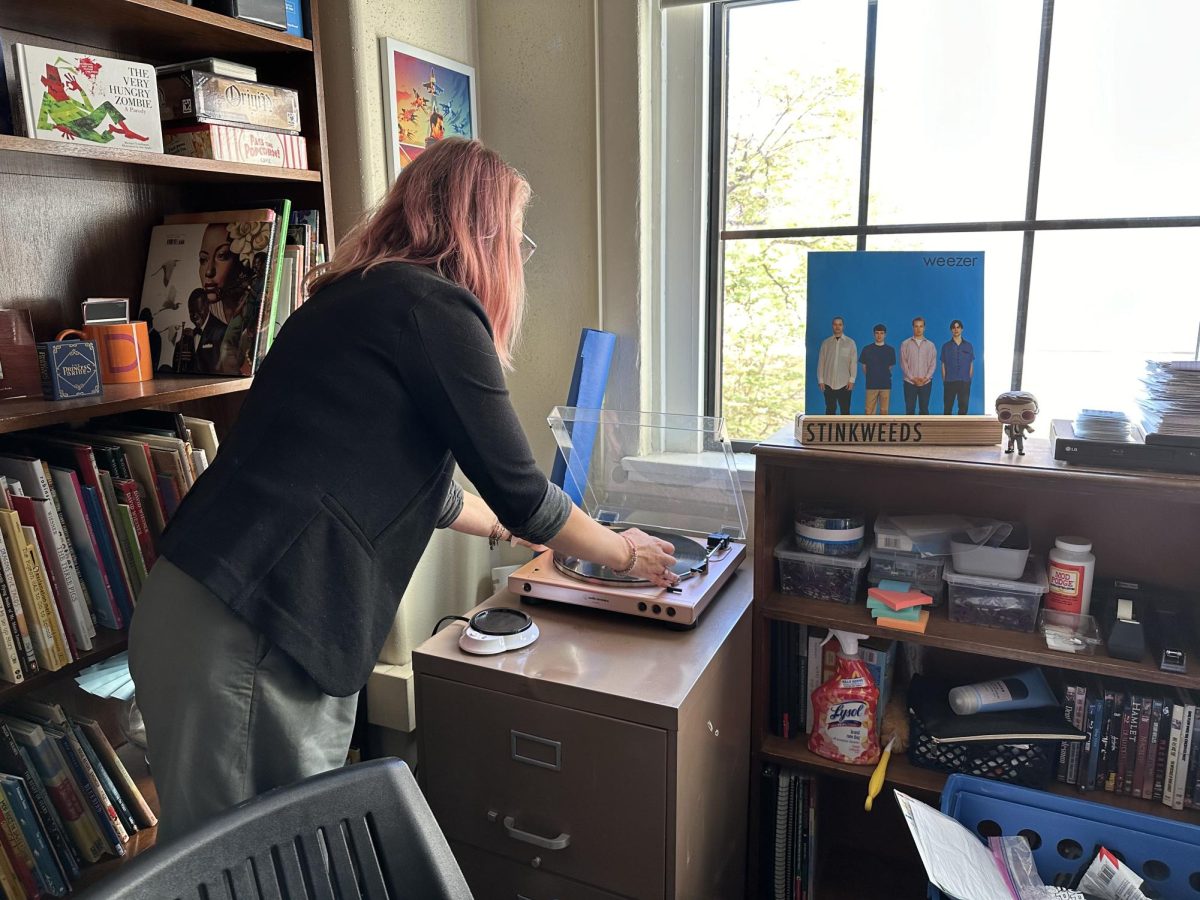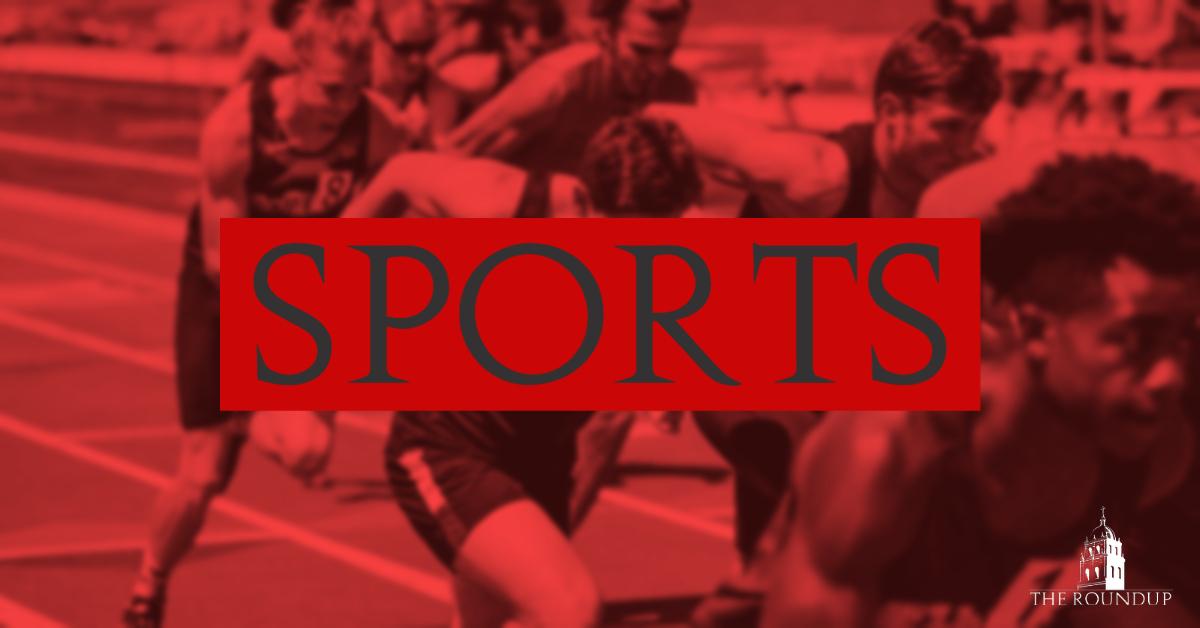The recent suspension and subsequent re-institution of Hamilton’s football program leaves many high school sports fans wondering: What is the best way to deal with instances of cheating and dishonesty in high school sports leagues?
After texts of Hamilton’s defensive coordinator recruiting a defensive lineman from Cesar Chavez High School were made public, the AIA, Arizona’s high school sports governing body, was made aware of the allegations. The AIA suspended Hamilton’s entire program, forbidding them from participating in the entire 2022 football playoffs in a year where they were heavily favored to contend for the state title.
However, following an emergency hearing held on Aug. 30, the AIA decided to repeal the suspension and give Hamilton’s entire athletic department a warning, after many fans of the team felt that the ruling was unfair. The defensive coordinator was fired from his position, yet still retains his teaching position.
“We never want to be in a situation where we are punishing students or punishing athletes and so we appreciate the reflection that was done by the Chandler school district,” said AIA President Dr. Jim Dean.
The discrepancy, however, comes when the incident is compared with other rulings that the AIA has made in the past. A good example is Notre Dame Preparatory’s suspension from the 2016 football playoffs after they violated offseason practice violations and failed to appeal their suspension.
These two incidents are similar in severity, yet one team was let off the hook while the other was banned from the postseason that year. This is just another example of why the AIA needs to evaluate their rules and guidelines.
Obviously, student athletes shouldn’t be punished for the actions of a coach, but leaving a team with only a warning after committing a violation that is clearly against the rules doesn’t seem right. There has to be some middle ground between a warning and a complete postseason ban, such as a game-long suspension that wouldn’t entirely hurt their playoff contention chances.
So where does the AIA go from here? Simply put, in all future violations of their guidelines, they need to first look at the incident and determine its severity while also being fair across the board, regardless of which school committed said violation






















